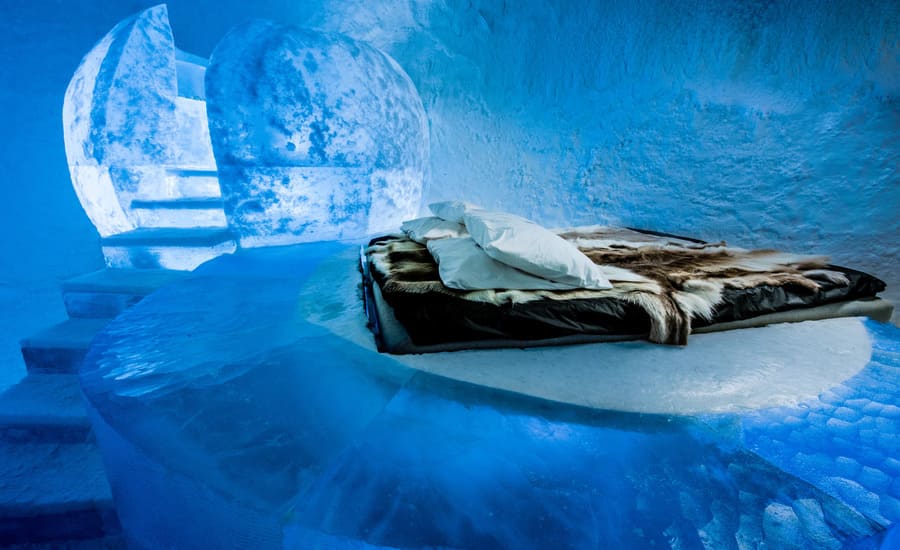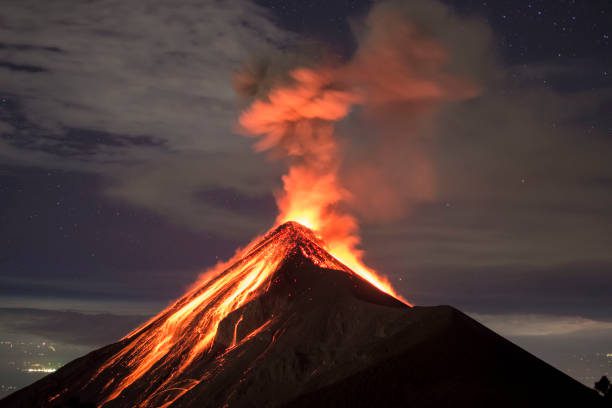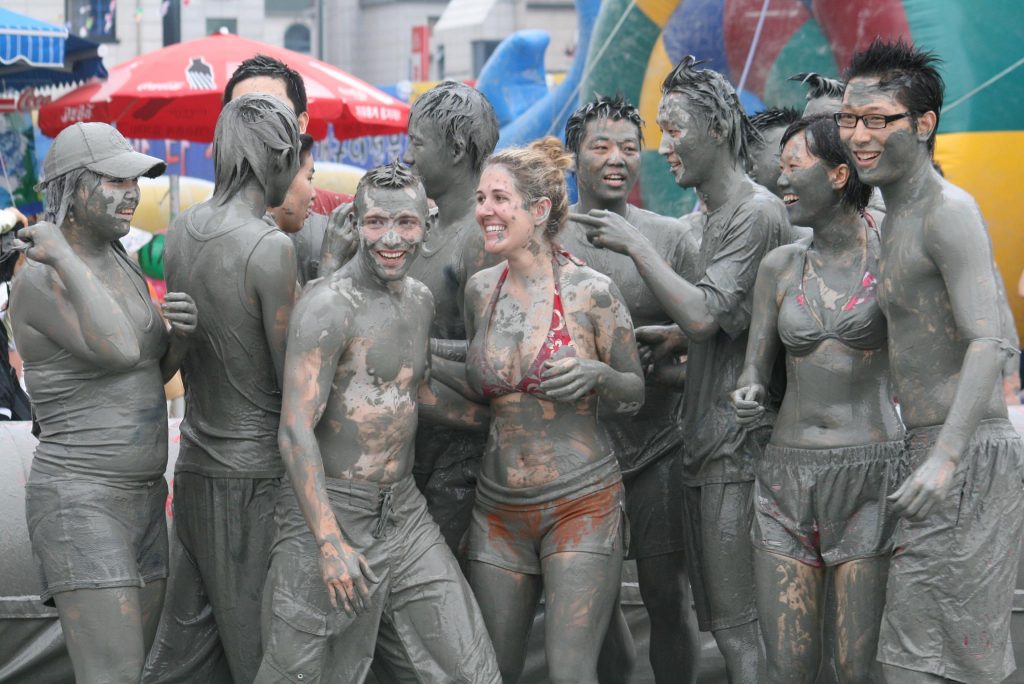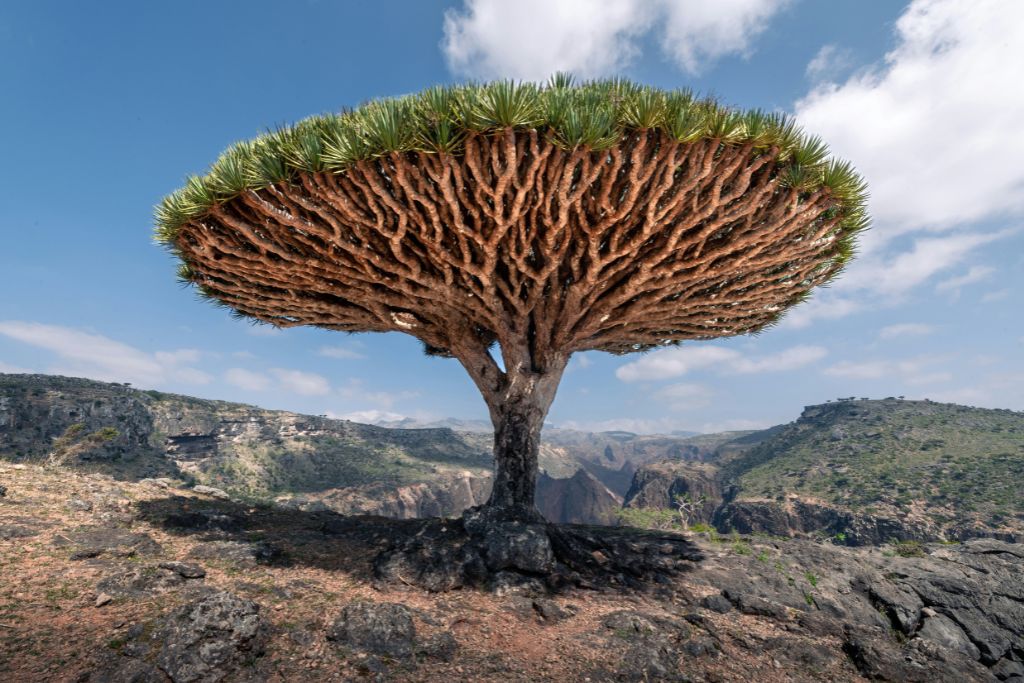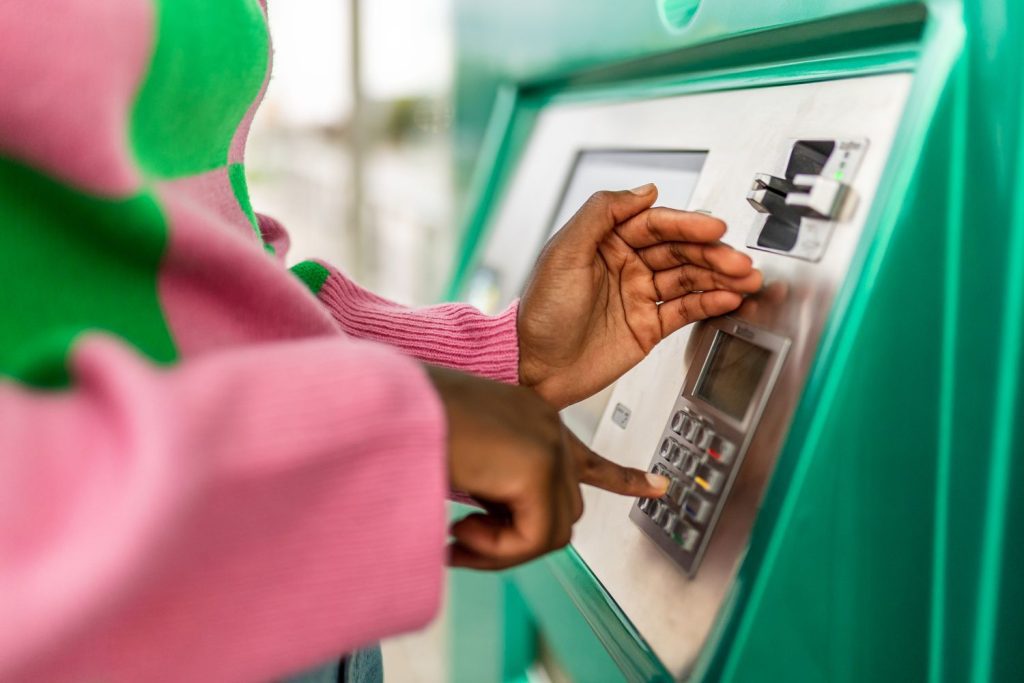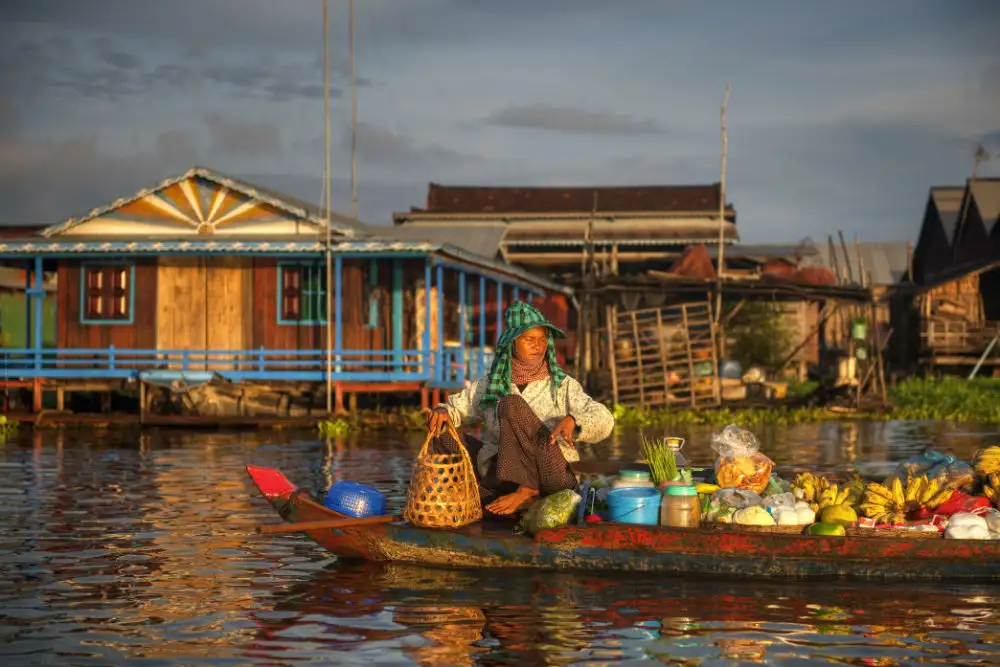Imagine walking along a beach at night, and with every step, the waves glow an electric blue beneath your feet. This surreal phenomenon is caused by bioluminescent plankton, creating one of the most magical natural wonders on Earth.
If you want to witness this breathtaking spectacle, here’s everything you need to know—best locations, how to visit, costs, risks, and the science behind the glow.
Here’s your guide to the world’s most stunning glow-in-the-dark beaches, including where to see them, the best time to visit, and the science behind this natural wonder.
1. Vaadhoo Island, Maldives (Sea of Stars)
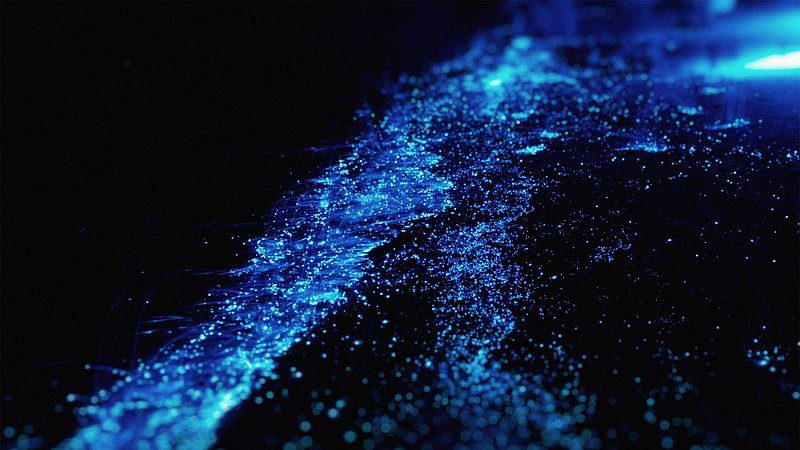
💰 Cost: Luxury resorts ($500–$1,500/night) or budget guesthouses ($100–$300/night).
📍 Location: Raa Atoll, Maldives
📅 Best Time to Visit: July–February (highest bioluminescence)
🌌 Why It’s Famous: The waves glow intensely blue, creating a “starry ocean” effect.
✈️ How to Get There: Fly to Malé, then take a domestic flight + speedboat.
2. Mosquito Bay, Puerto Rico (Brightest Bioluminescent Bay)
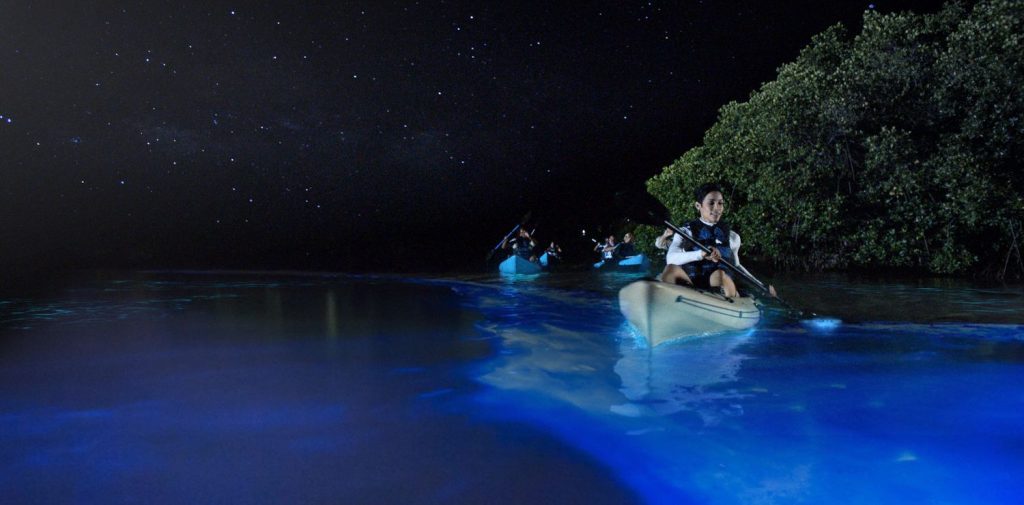
- 📍 Location: Vieques Island, Puerto Rico
- 📅 Best Time to Visit: Year-round (darkest nights = best views)
- 🌌 Why It’s Famous: The brightest bioluminescent bay in the world (Guinness Record).
- ✈️ How to Get There: Fly to San Juan, then a small plane/ferry to Vieques.
- 💰 Cost: Kayak tours ~$50–$80 per person.
3. Gippsland Lakes, Australia
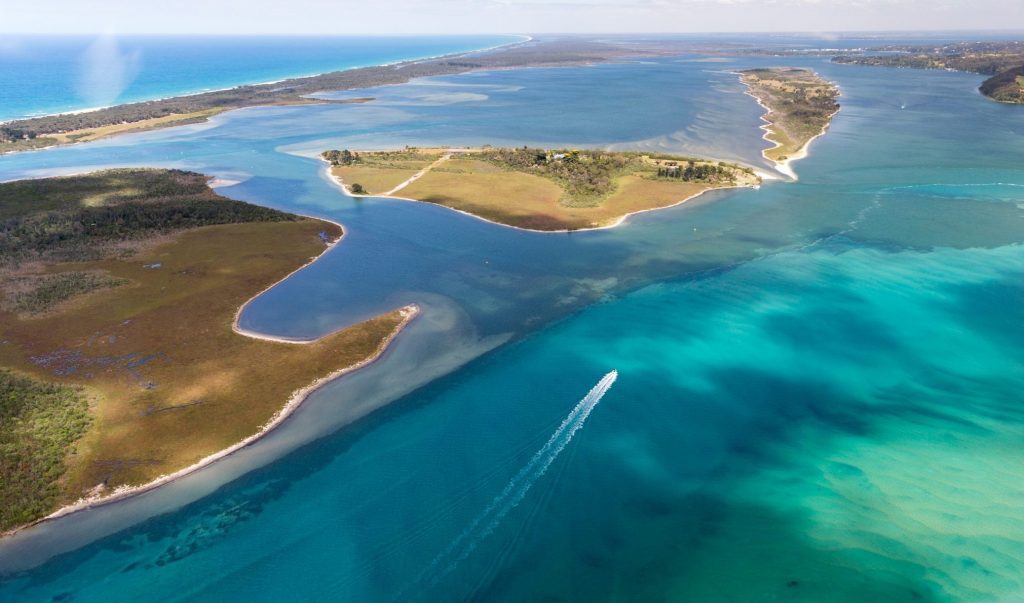
- 3. Gippsland Lakes, Australia
- 📍 Location: Victoria, Australia
- 📅 Best Time to Visit: December–March (summer)
- 🌌 Why It’s Famous: Glowing waters after algal blooms (rare but stunning).
- ✈️ How to Get There: Drive from Melbourne (~3 hours).
- 💰 Cost: Free (public beaches).
4. Matsu Islands, Taiwan (Blue Tears Phenomenon)
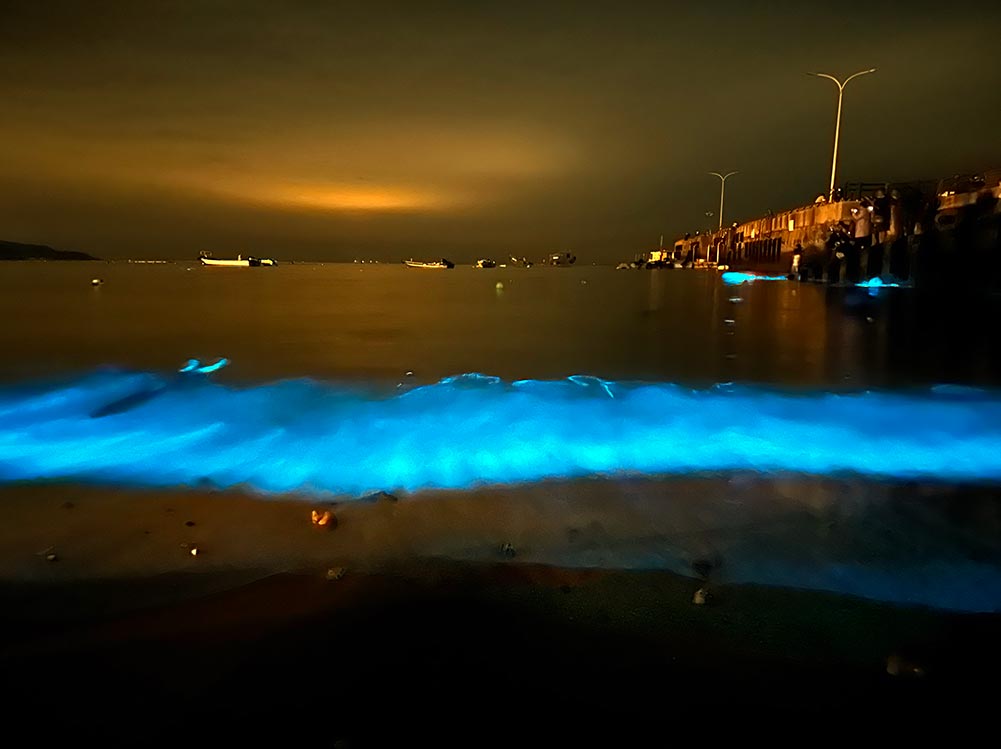
- 📍 Location: Off the coast of Taiwan
- 📅 Best Time to Visit: April–August (peak glow)
- 🌌 Why It’s Famous: Dense bioluminescent algae called “blue tears.”
- ✈️ How to Get There: Flight from Taipei to Nangan Island.
- 💰 Cost: Boat tours ~$30–$60.
5. San Diego, USA (Seasonal)
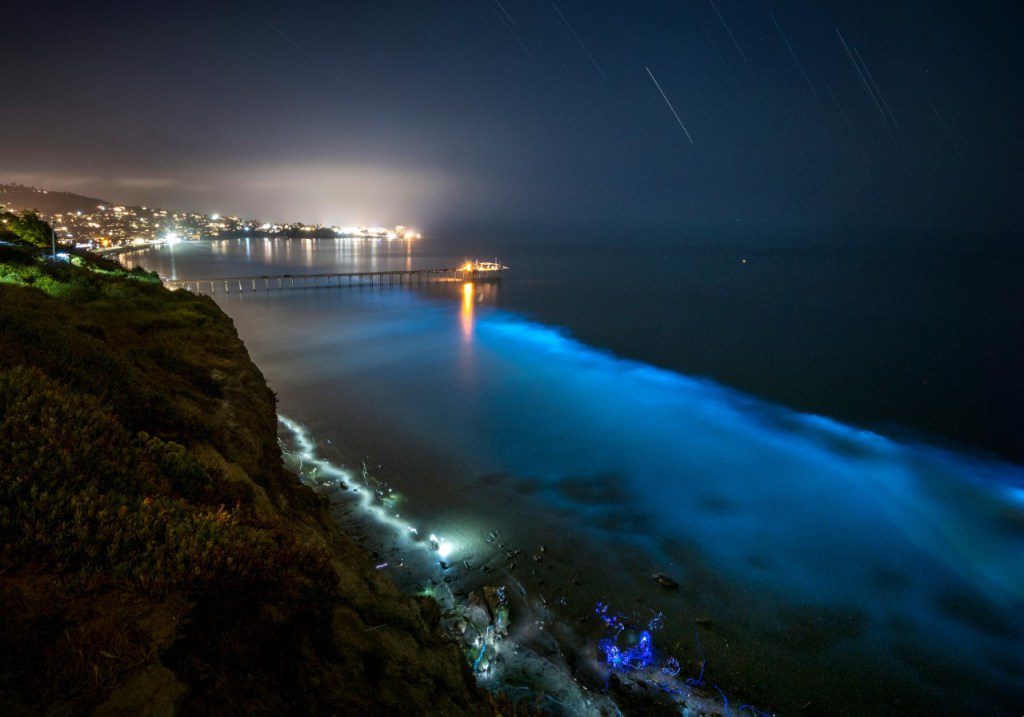
- 📍 Location: Southern California beaches
- 📅 Best Time to Visit: Late summer (August–September)
- 🌌 Why It’s Famous: Rare red tide events cause neon blue waves.
- ✈️ How to Get There: Fly to San Diego; beaches like La Jolla Shores glow.
- 💰 Cost: Free (public beaches).
🔬 The Science Behind the Glow
- What Causes It? Tiny marine organisms (dinoflagellates or algae) emit light when disturbed (called bioluminescence).
- Why Do They Glow? A defense mechanism to scare predators.
- Best Conditions: Warm water, low light pollution, and high plankton concentration.
⚠️ Risks & Challenges
✔ Not Guaranteed: Bioluminescence depends on seasons, water temperature, and plankton levels.
✔ Toxic Algae (Sometimes): Some glowing algae (like Noctiluca scintillans) can harm marine life.
✔ Weather Dependent: Rain or bright moonlight can reduce visibility.
✔ Tourist Overcrowding: Some spots (like Puerto Rico) get busy—book tours in advance.
💡 Tips for the Best Experience
✅ Visit on a moonless night (darker = brighter glow).
✅ Stir the water (splash, kayak, or swim to activate the glow).
✅ Avoid flashlights & cameras with flash (it ruins the effect).
✅ Check local forecasts (tourism boards often track bioluminescence).
📜 History & Cultural Significance
- Ancient sailors called it “burning of the sea.”
- The Maldives’ “Sea of Stars” has inspired myths of ocean spirits.
- Puerto Rico’s Mosquito Bay was almost destroyed by pollution in the 2000s but was restored through conservation efforts.
🌐 How to Visit Responsibly
- Do not use sunscreen before swimming (harms plankton).
- Avoid motorboats (they kill plankton; kayaking is better).
- Support eco-tourism (some tours fund conservation).
Final Thoughts: Is It Worth It?
Absolutely! Glow-in-the-dark beaches are a once-in-a-lifetime experience. Just plan wisely, respect nature, and enjoy one of Earth’s most magical phenomena.

